Step into a Hindu temple, and you’ll often see a quiet gesture of reverence, devotees covering their heads with a dupatta, shawl, or cloth. It may seem simple, but it carries deep meaning.
This practice is more than tradition. It reflects humility, purity, and respect for the sacred space.
But what does it truly signify?
Is it a scriptural instruction or a cultural norm?
Is it linked to energy, discipline, or divine connection?
Why is it followed in some temples and not in others?
In this article, we explore the deeper significance of head covering in Hinduism. You’ll discover its cultural roots, spiritual reasoning, scriptural mentions, and how it varies across regions and traditions.
Covering the head is not about formality. It’s about entering the divine presence with awareness and reverence.
The Cultural Significance of Covering the Head
In many Hindu communities, covering the head during worship is a quiet gesture of respect and devotion. It reflects the cultural values of humility, discipline, and modesty before the Divine.
Why it matters culturally:
- Sign of Respect: Covering the head shows reverence for sacred spaces and is seen as a way of presenting oneself humbly before God.
- Expression of Modesty: Especially in traditional families, it symbolizes decency and humility, particularly for women during rituals and temple visits.
- Regional Influence: In North India, women often cover their heads with a dupatta or saree pallu during puja. This custom is less common in the South, where head covering practices differ based on temple traditions.
- Social Practice: Beyond temples, head covering is sometimes observed in front of elders or during family ceremonies, rooted in the broader value of shraddha (reverence).
Though it varies by region and community, the essence remains the same: entering the sacred with humility and grace.
Scriptural and Traditional References
While Hindu scriptures may not directly command devotees to cover their heads, traditional stories and practices found in ancient texts reflect the spirit of modesty, humility, and reverence, qualities at the heart of this custom.
Padma Purana
The Padma Purana narrates an incident where Goddess Parvati, upon seeing Sage Narada, greets him with joined hands and lowers her gaze. This act of veiling herself in humility reflects the deep cultural values of respect and sanctity in the presence of the wise and divine.
Brahma Vaivarta Purana
In the Devi Bhagavata Purana, it is mentioned that when Shankhachuda approached, Goddess Tulsi instinctively covered her face with her garment. This symbolic gesture highlights the traditional association of veiling with grace, modesty, and sacredness.
Valmiki Ramayana
In the Valmiki Ramayana, several references show women covering their heads or faces in public or during sacred interactions, reflecting the value placed on decorum and respectful presence, especially in revered settings.
Mahabharata
In the Mahabharata, royal women such as Draupadi are often described as approaching elders and sages with covered heads, showing reverence and self-restraint, both hallmarks of dharmic conduct.
These examples may not state a formal rule, but they show that head covering has long been practiced as a mark of inner discipline and spiritual respect within sacred spaces.
Why It’s Practiced Differently Across Genders and Regions
The custom of covering the head in Hinduism varies across regions and communities. While not a rigid rule, it is guided by cultural values and devotional sentiment.
Women in North India
In North India, women often cover their heads with a saree pallu or dupatta during temple visits and rituals. This gesture reflects modesty, humility, and respect, especially in the presence of elders or during sacred ceremonies. It’s seen as a way to maintain focus and honour the divine.
Men in South Indian Temples
In contrast, many South Indian temples expect men to cover their heads with an Angavastram or clean cloth during rituals. This is especially common in traditional temples and among priests. Here, head covering signifies discipline, purity, and reverence.
Interestingly, in some North Indian customs, men remove their headgear in temples, showing surrender before the Divine.
Despite these variations, the underlying intent remains the same: entering a sacred space with respect and spiritual awareness.
Spiritual and Energetic Beliefs
In Hindu tradition, covering the head during worship is more than a cultural practice; it holds deep spiritual significance. This act is believed to:
- Preserve Spiritual Energy: The crown of the head, known as the Brahmarandhra, is considered a vital energy centre. Covering it is thought to retain spiritual energy and protect against external distractions.
- Enhance Focus and Reverence: By covering the head, devotees aim to cultivate humility and concentration, creating a conducive environment for prayer and meditation.
- Align with Scriptural Examples: Texts like the Padma Purana describe instances where deities and revered figures cover their heads as a sign of respect and modesty during sacred encounters.
- Reflect Inner Devotion: The physical act of head covering symbolizes an inner commitment to spiritual discipline and reverence for the divine.
While not universally mandated, this practice is embraced by many as a meaningful expression of devotion and spiritual mindfulness.
Head Covering in Other Religions Too
The practice of covering the head during worship is not unique to Hinduism. It is observed in many major religions across the world, reflecting a universal understanding of reverence in sacred spaces.
Islam
In Islamic tradition, both men and women cover their heads while offering prayers. Women wear the hijab, and men often use a cap (taqiyah) to express modesty and submission to Allah.
Christianity
In several Christian denominations, especially in Eastern Orthodox and some Catholic traditions, women cover their heads inside churches during worship, citing reverence and biblical guidance.
Sikhism
Covering the head is mandatory in Sikhism. Men wear turbans, and women use scarves or dupattas, especially when entering the Gurdwara (temple) or during prayers.
Jainism and Buddhism
Monks and devotees in Jain and Buddhist traditions often cover or shave the head as a symbol of renunciation, discipline, and detachment from ego.
These shared practices highlight a deeper spiritual truth, that the head, being the highest point of the body, is honoured and humbled before the Divine.
Embrace Tradition with a Sacred Chunri from Rudra Centre
Covering the head in Hindu temples is a sign of respect, devotion, and inner humility. One of the most graceful and traditional ways to do this is by using a Chunri - a sacred cloth often adorned with auspicious patterns and colors. Rudra Centre offers authentic, beautifully designed Chunris that help you uphold this timeless practice with reverence and dignity.
Click on the link to explore Chunris available from Rudra Centre and choose one that resonates with your devotion and spiritual path.

-in-Astrology.jpg)

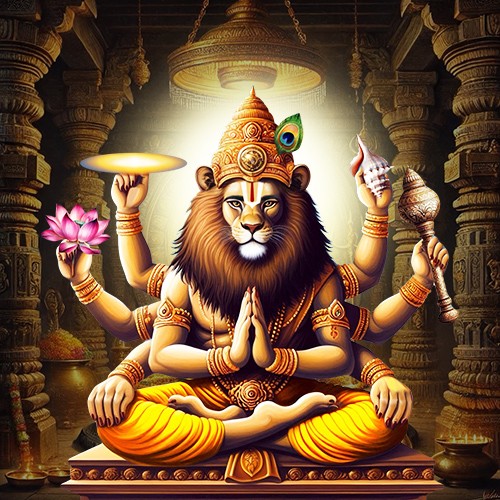

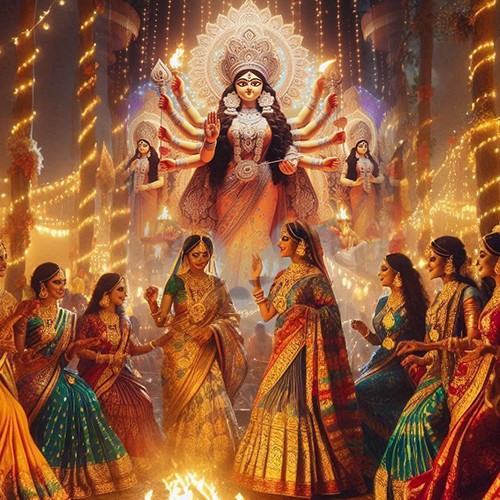


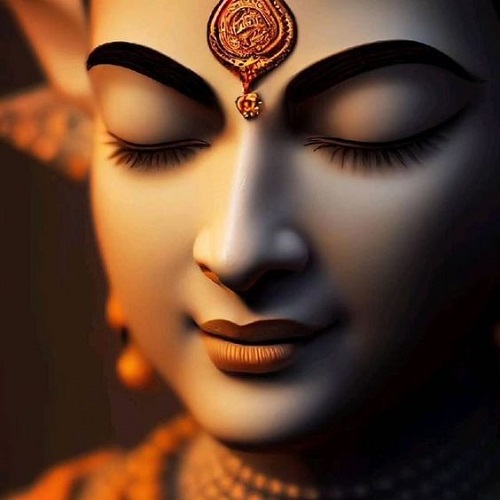
.jpg)
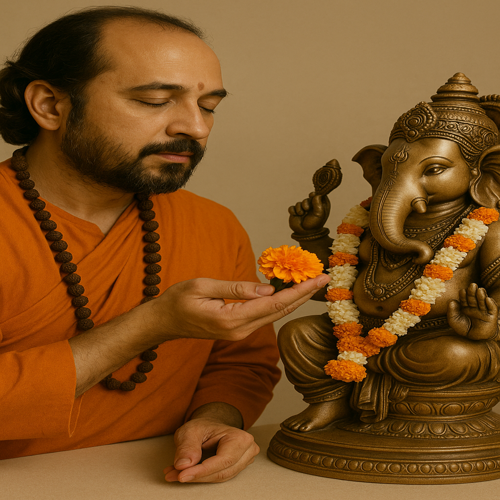
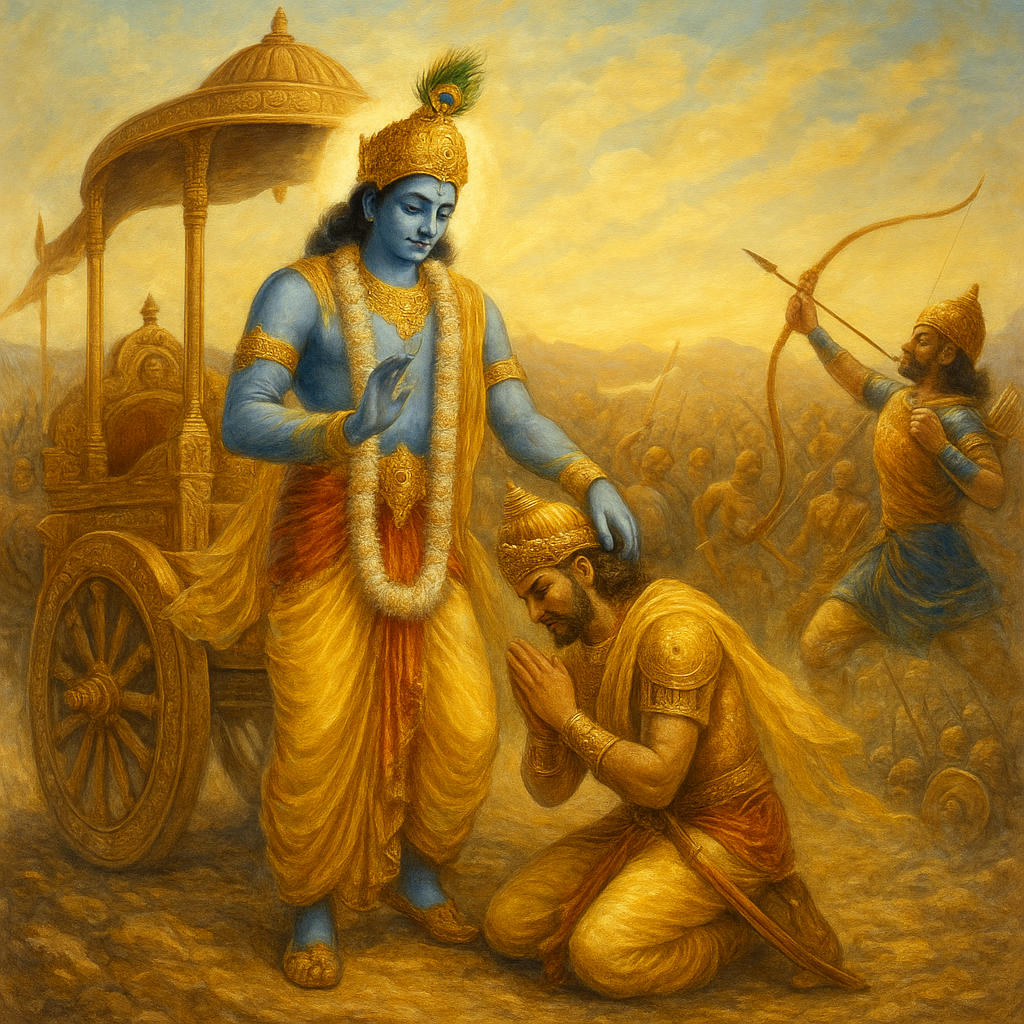
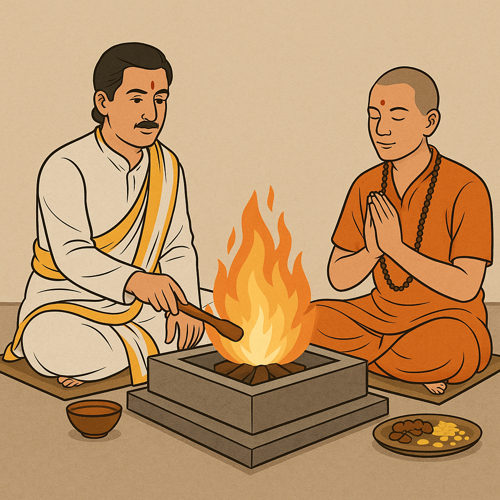
Comments 0
Leave your thought here